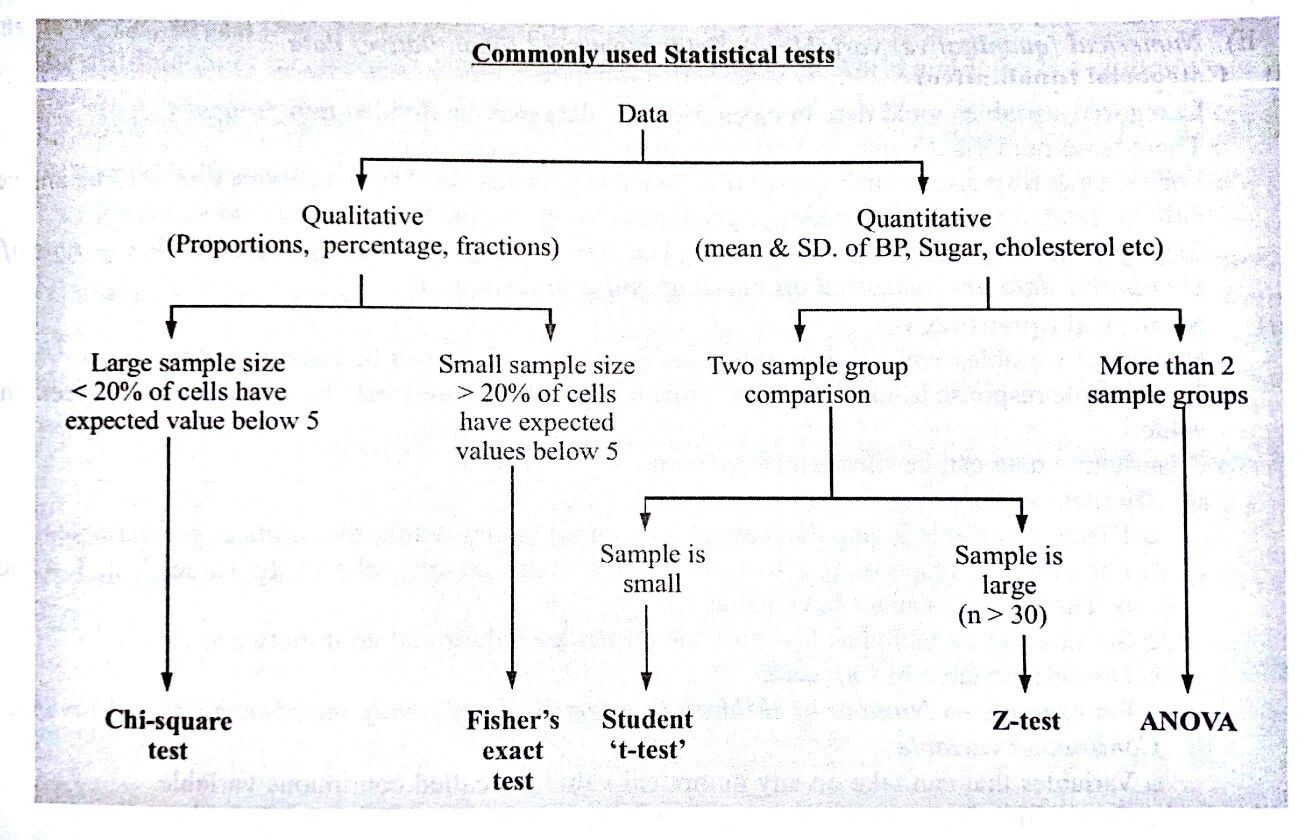
Chi Square Expected Value. For exampleif you specify a value of 1 for Lower and a value of 4 for Upperonly the integer values of 1 through 4 are used for the chi-squaretest. Expected Frequency in a Chi-Square Goodness of Fit Test A Chi-Square goodness of fit test is used to determine whether or not a categorical variable follows a hypothesized distribution. Chi Square Test of Independence Ha. But it turns out that that if you do an equally-weighted mean square test rather than chi-square which weights each cell proportional to expected counts you get a p-value of 0039.

01 40 4 5 4 2 4 02500. The test examines the difference between the observed and expected values. Chi Square Test of Independence Ha. In order for the Chi-square test to be considered trustworthy each cell of your expected contingency table must have a value of at least five. The expected values under the assumed distribution are the probabilities associated with each bin multiplied by the number of observations. Chi-square test for association independence Test statistic and P-value in chi-square tests with two-tables.
04 40 16 10 16 2 16 22500.
Chi-Squared Test of Independence Used to determine if two classifications or factors from the same sample are independent of each othermeaning if the occurrence of one of them does not affect the occurrence of the other. A chi-square χ2 statistic is a measure of the difference between the observed and expected frequencies of the outcomes of a set of events or variables. Expected value E i p i N Contribution to chi-square O i - E i 2 E i. Each Chi-square test will have one contingency table representing observed counts see Fig. 01 40 4 5 4 2 4 02500. Categoriescan have user-specified expected proportions.